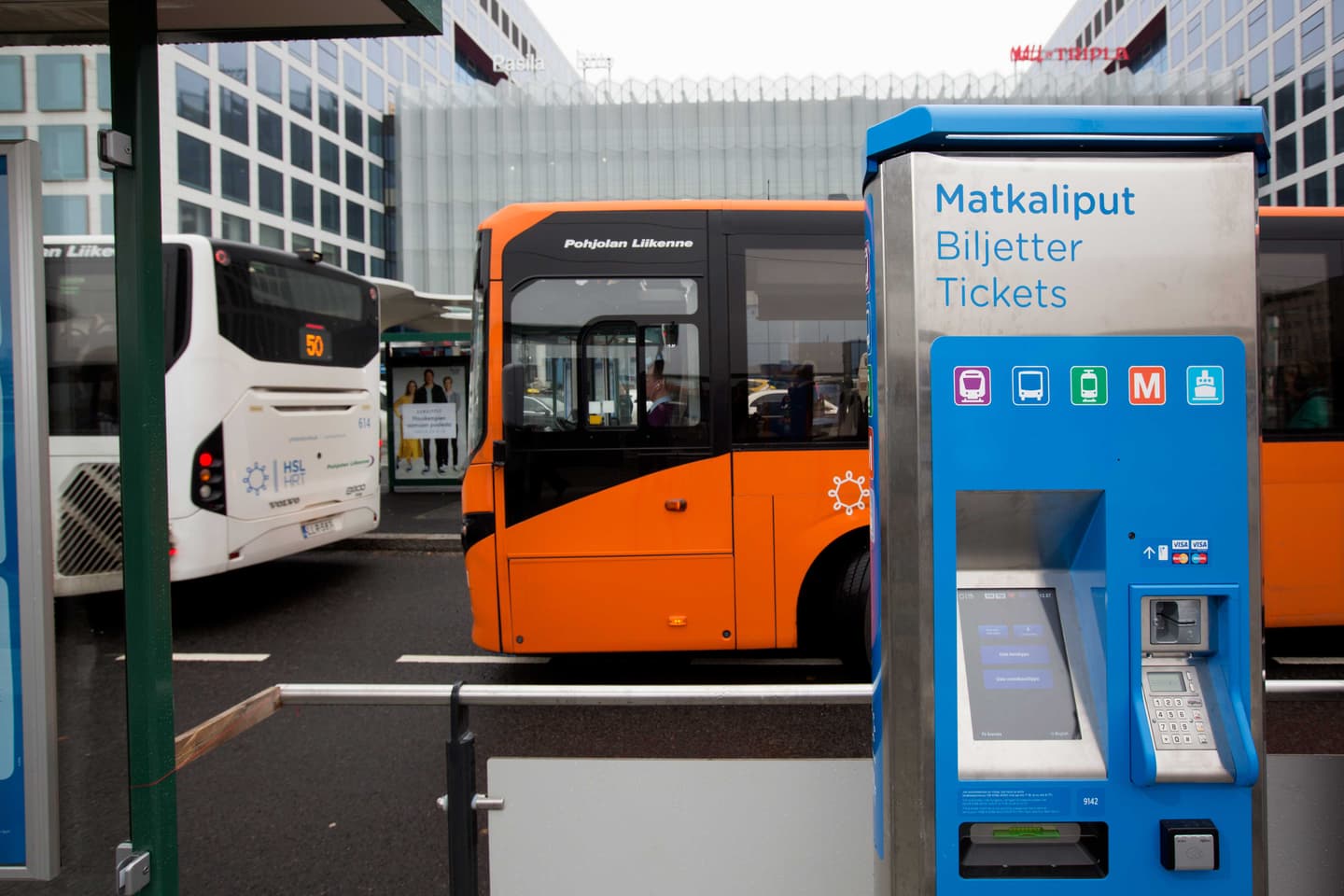HSL: Service design for a public transport authority
HSL, the joint municipal authority that runs public transportation in the Greater Helsinki area, Finland, wanted to look into how it could improve its ticket inspection and customer service, and what that would require in terms of internal tools development. Futurice explored the field, interviewed employees, identified opportunities on both the practical and technical level, and co-created the service concept as well as a prototype for handling the most typical customer service cases.

The challenge
HSL's ongoing Ticket Account Project, in which the methods of using, storing and paying tickets are modernized, offers opportunities to renew internal tools. Many of the legacy systems currently in use at HSL were originally created to work with processes that are no longer used. The goal was to improve both employee and customer experience by renewing outdated tools and enabling success at their tasks for internal users. The focus was on processes related to ticket inspection and customer service, which were hampered by fragmented customer data in different back-end systems and partly manual work. HSL aimed to simplify the search processes, decrease the number of information systems, and increase self-service adoption as the upcoming customer accounts and ticket webstore are launched.

What we did
We got on the metro with the ticket inspectors and sat by the customer service desks, observing how HSL’s employees use the tools in their everyday work. We interviewed personnel, listened to customers’ calls, and studied the features of the current information systems. It became clear that we could improve the processes and tools to decrease the complexity, slowness and difficulty of the work. The identified improvement opportunities included, for example, gathering all the customer and ticket data from separate systems to a single combined view to make handling customers’ issues easier. These changes were especially important for the mobile app related customer issues.
HSL's internal operations could be further streamlined, too, by digitizing the ticket inspection fees handling, and partly automating refunds. We presented our findings and HSL chose the most important one for prototyping: reviewing and editing customer & ticket information.
We co-created a new service concept with HSL’s multidisciplinary team, which included an agile project lead, service and UI/UX designers, and a tech advisor from Futurice. We visualised the current state of the tools and processes for the different target groups as service blueprints. The vision for the new service was then crystallised, concurrently with target state service blueprints for the process.
Next, we created a UI prototype of the customer service tool, covering the key use case. We also conducted a design lab at the customer service employees’ break room to validate and iterate the concept and prototype. The solution was validated, covering both architectural & technical points of view, via interviews with technical stakeholders. Finally, we created concept documentation, including all of the above elements, as well as a draft for a systems architecture and implementation roadmap.
Why it matters
The service concept will enable more efficient ways of working for HSL, leading to improved employee experience and operational efficiency. The concept also improves HSL's cost-effectiveness by streamlining the data flow between systems and service channels. This is estimated to e.g. more than halve the number of tools used, thus decreasing maintenance costs. The feedback from the HSL staff has been inspiring and positive. As they were engaged in the development, they are now motivated and excited to take part in further development of the tools and processes. The project also provided HSL with an experience of working in a multidisciplinary, agile project setting.
Co-working with Futurices’ team was smooth and inspiring. I was happy we tested the Design Lab together in this project, and it was a success. The lab was built in our employees’ break room. Our customer service department was invited to test the prototype and also to comment on the service blueprints and other materials. During a week, we got many people involved, and they appreciated the openness and concreteness of the development. It was very important that those who use the tools got an opportunity to influence.
Highlights
- The new service concept is expected to enable more efficient ways of working, such as faster search of information, thus improving employee and customer experience.
- Savings and efficiency: decreased number of information systems, and better possibilities for self-service adoption.
- A good starting point for the upcoming legacy system overhaul: understanding how to connect service design and UX/UI -design projects to the technical enablers, provided by the new account-based, easier ticketing back-end system. This validates feasibility, viability and desirability of new tools, processes and services at an early stage.
The co-operation with Futurice has been very good and impactful. In addition, our service staff has thanked us for the possibility to participate in the process right from the beginning.
About HSL
HSL is the joint municipal authority that maintains the public transportation network of the nine municipalities of Greater Helsinki, Finland. The organization oversees the operation of all of Helsinki's public transportation: local buses, trams, metro, ferries, commuter trains, and bike-sharing. People make approximately 370 million journeys on HSL’s transport services annually.
Talk to our experts
Get in touch
Looking for help with an idea, brand new brief or in-flight project? Drop us a line for a straightforward conversation.
